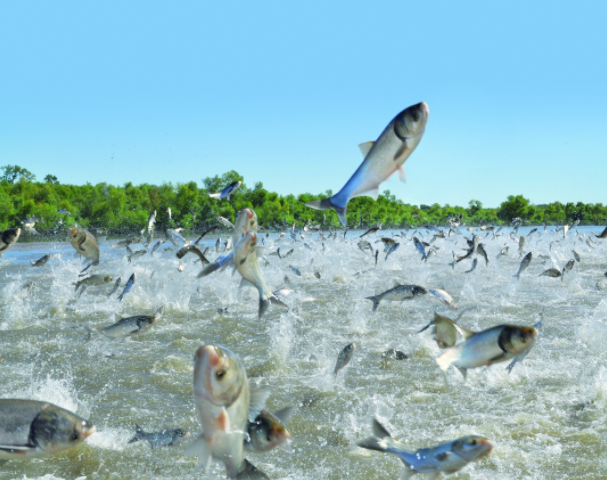
Asian Carp Action Plan Released
Addressing the threat of Asian carp represents one of the greatest challenges to protecting the Great Lakes and adjacent aquatic ecosystems from aquatic invasive species.…

Addressing the threat of Asian carp represents one of the greatest challenges to protecting the Great Lakes and adjacent aquatic ecosystems from aquatic invasive species.…
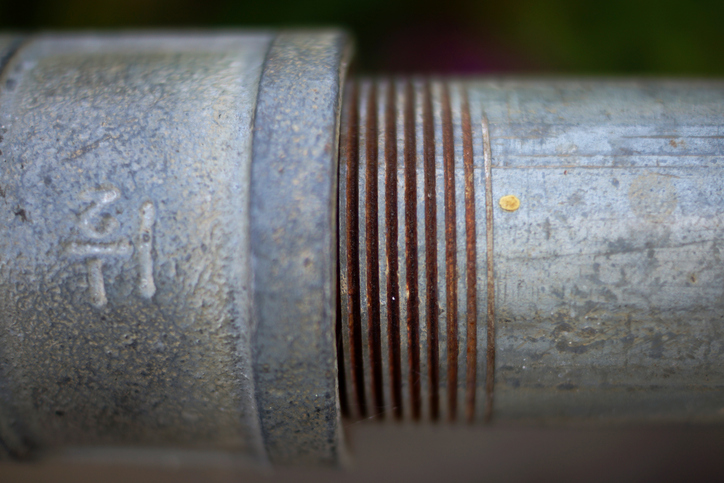
The Government of Canada’s Federal-Provincial-Territorial Committee on Drinking Water has released a report for public consultation on lead in drinking water for the purposes of…
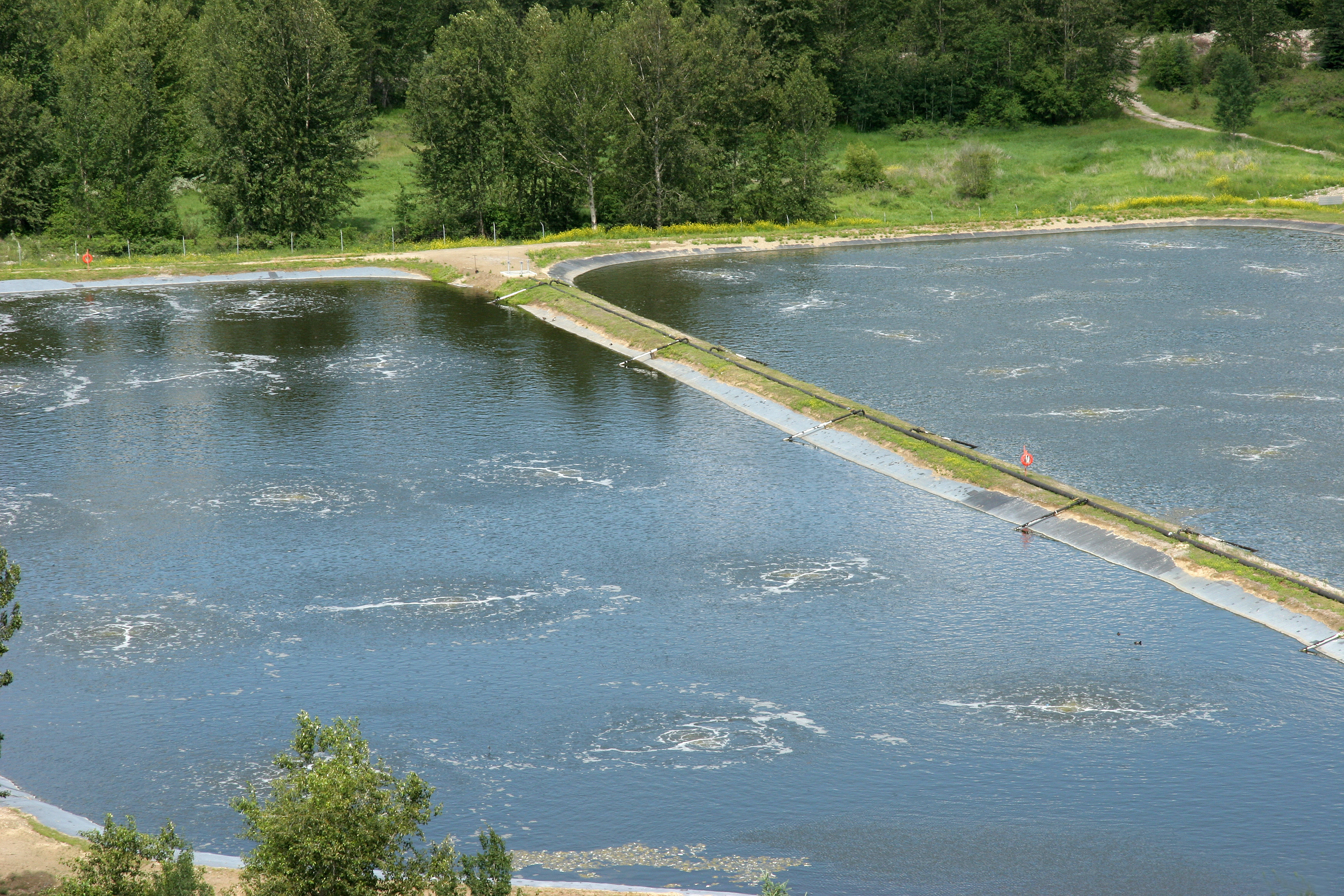
Canada and Saskatchewan have announced the allocation of funding for water, wastewater, and transit infrastructure projects in the province including new and upgraded wastewater lagoons…
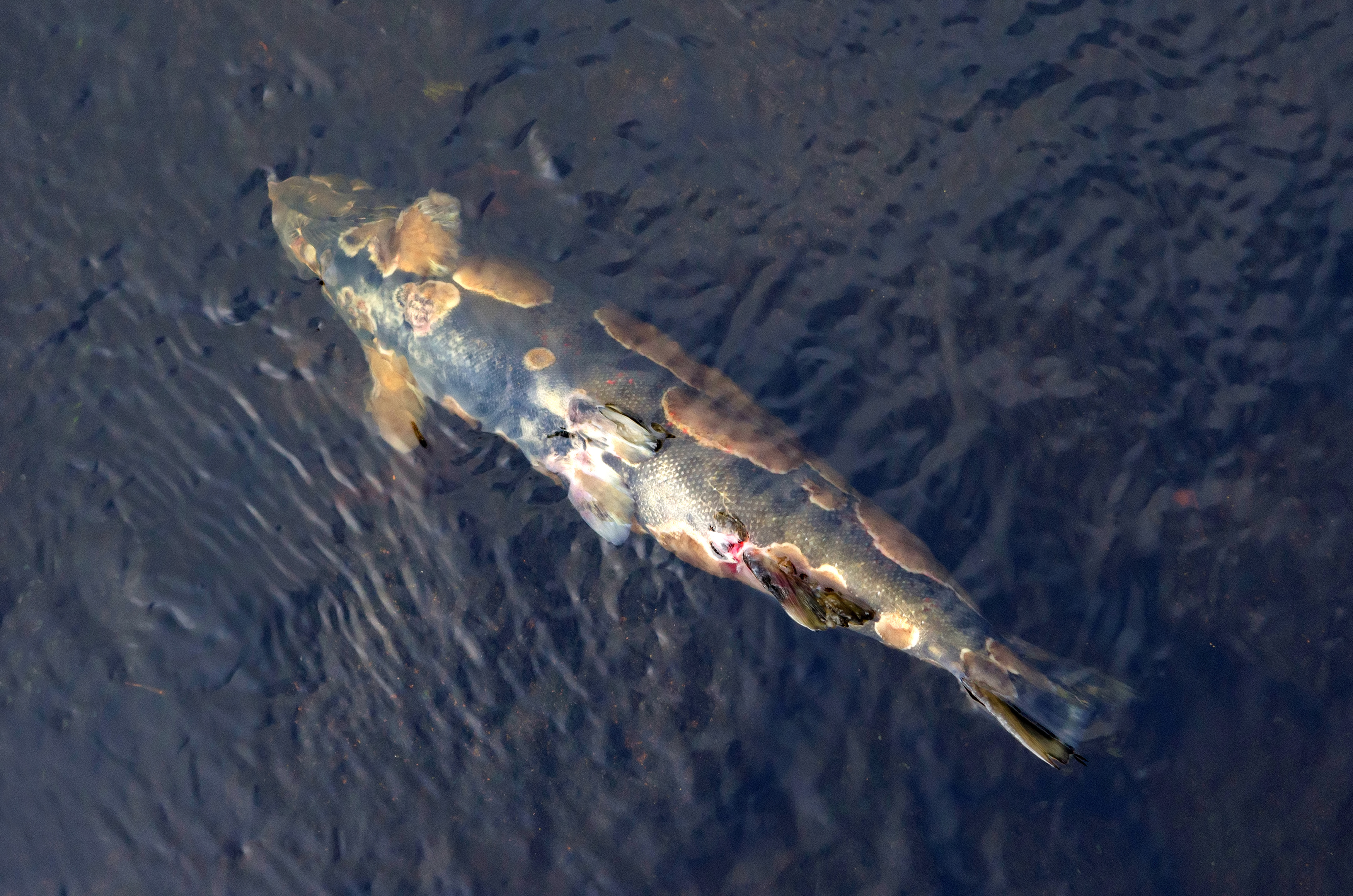
The government of Prince Edward Island has announced the local creation of an environmentally friendly fish fungus killer that can help protect farmed fish from…

Imagine H2O announced its selection of twelve startups to advance to our 8th annual Accelerator Program. Kitchener, Ont-based, EMAGIN was selected from a global competitive…
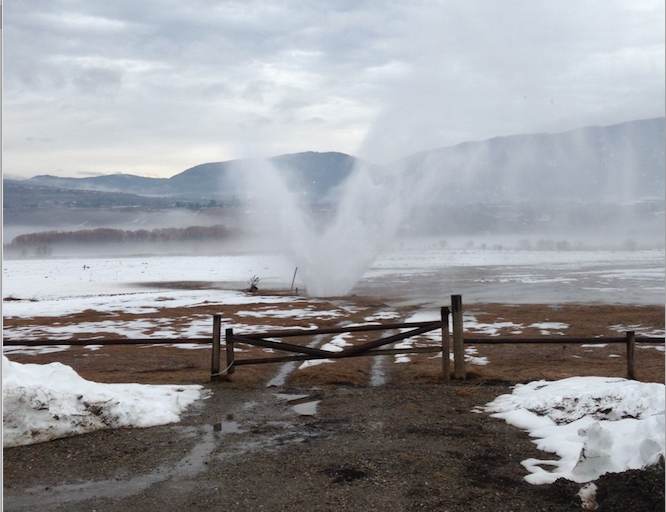
Greater Vernon Water—the utility that serves a conglomerate of municipalities in the Okanagan Region of B.C.—has initiated a program to assess the state of its…

Upgrades to a wastewater treatment plant along Ontario’s Grand River, led to a 70 per cent drop in fish that have both male and female characteristics within…
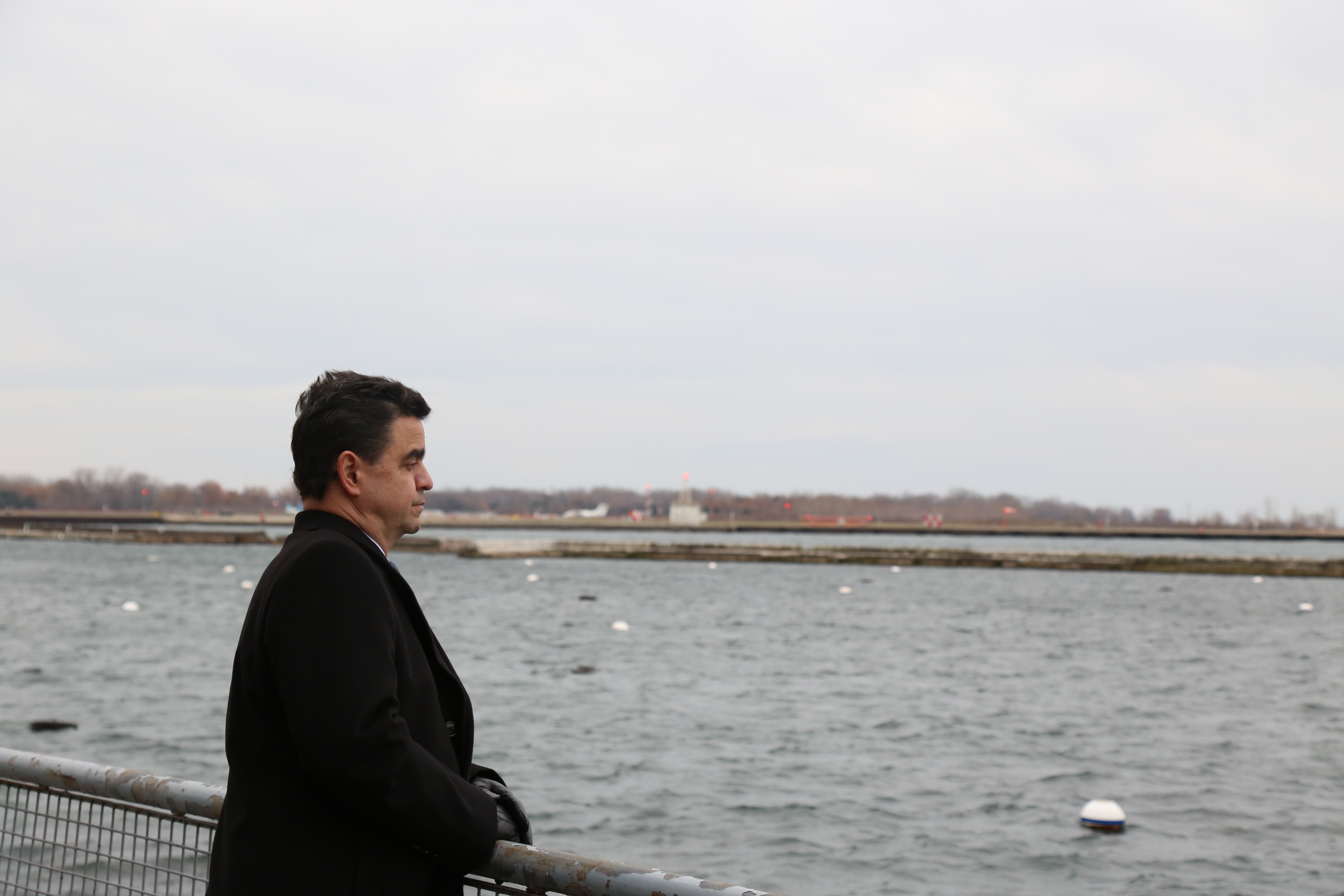
Four of the five Great Lakes help to define the U.S.-Canada border; but what separates our two countries brings them together as well. The Great…
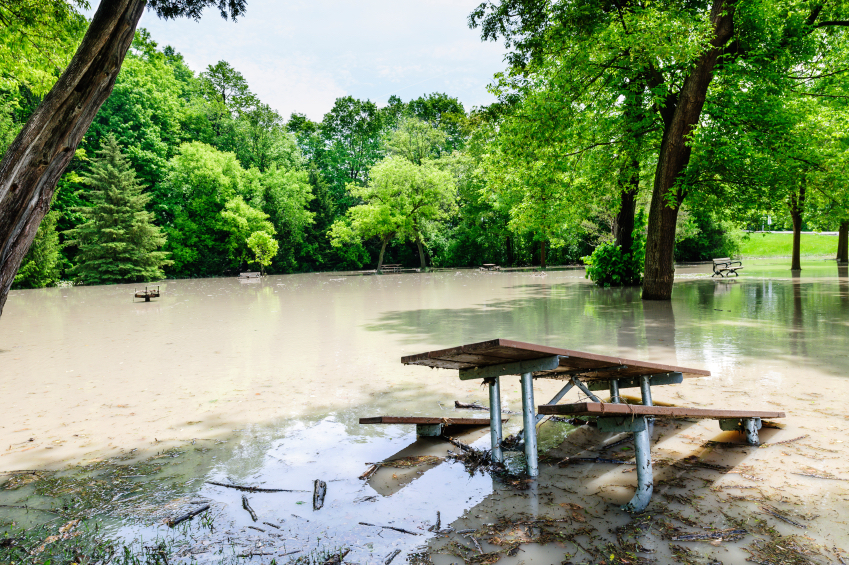
From the wildfires that swept through Fort McMurray in May to the floods that devastated parts of Nova Scotia and Newfoundland over Thanksgiving weekend, severe…

A University of British Columbia research team has investigated the potential reuse of municipal wastewater in urban applications, provided that people don’t drink or cook…
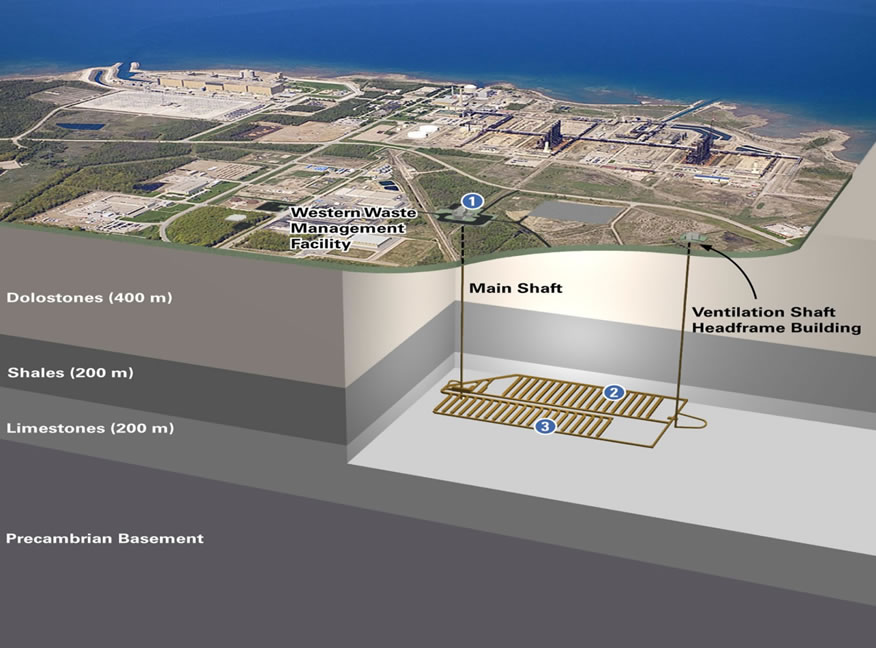
A new study from Ontario Power Generation (OPG), detailing the environmental effects feasibility of alternate locations for OPG’s DGR project, shows that the original Kincardine…

GHD—a global engineering, architecture, environmental and construction services company that operates in water, energy environment, property and infrastructure—has announced that it will be amalgamating six…
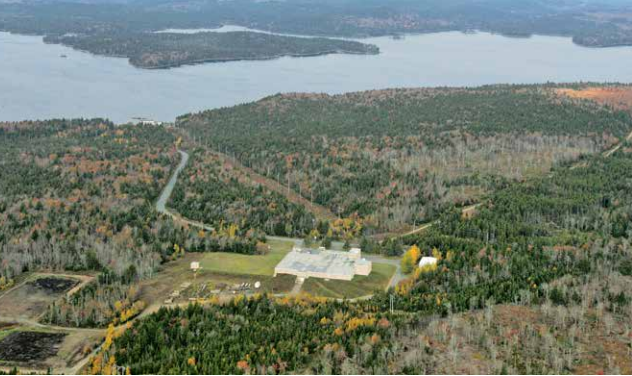
Twenty years of innovative water management is noteworthy. As 2016 came to a close, Halifax Water released its twentieth annual report, noting the many accomplishments…
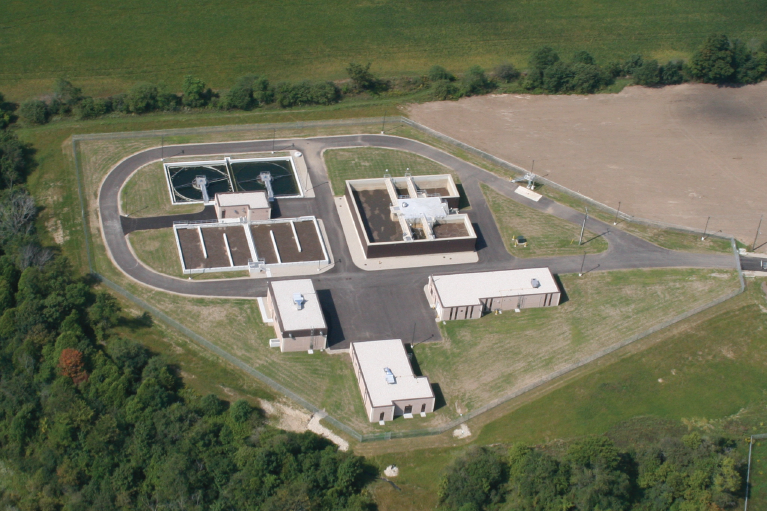
The Township of Wellington North in Ontario has received letters of interests from eight engineering firms with respect to an request for proposals for the…
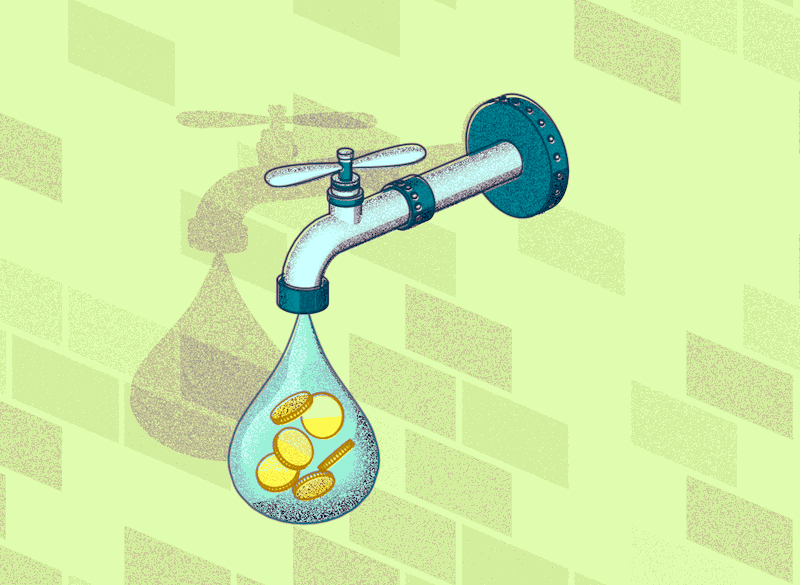
There is a significant opportunity in Canada to catalyze market-based solutions to address water challenges. Canadians are blessed with world-class scientific expertise, an entrepreneurial culture,…

On December 12, just as the last session of 2016 wrapped up, the legislative assembly of Alberta passed a motion to increase the government’s involvement…

Researchers from the Rochester Institute of Technology have used computer models to estimate the volume of plastic and microplastics entering the Great Lakes each year.…

Edmonton has opened its first green street, The Amarature, to traffic, which includes a stormwater diversion mechanism. The city describes The Armature as a pedestrian-oriented…
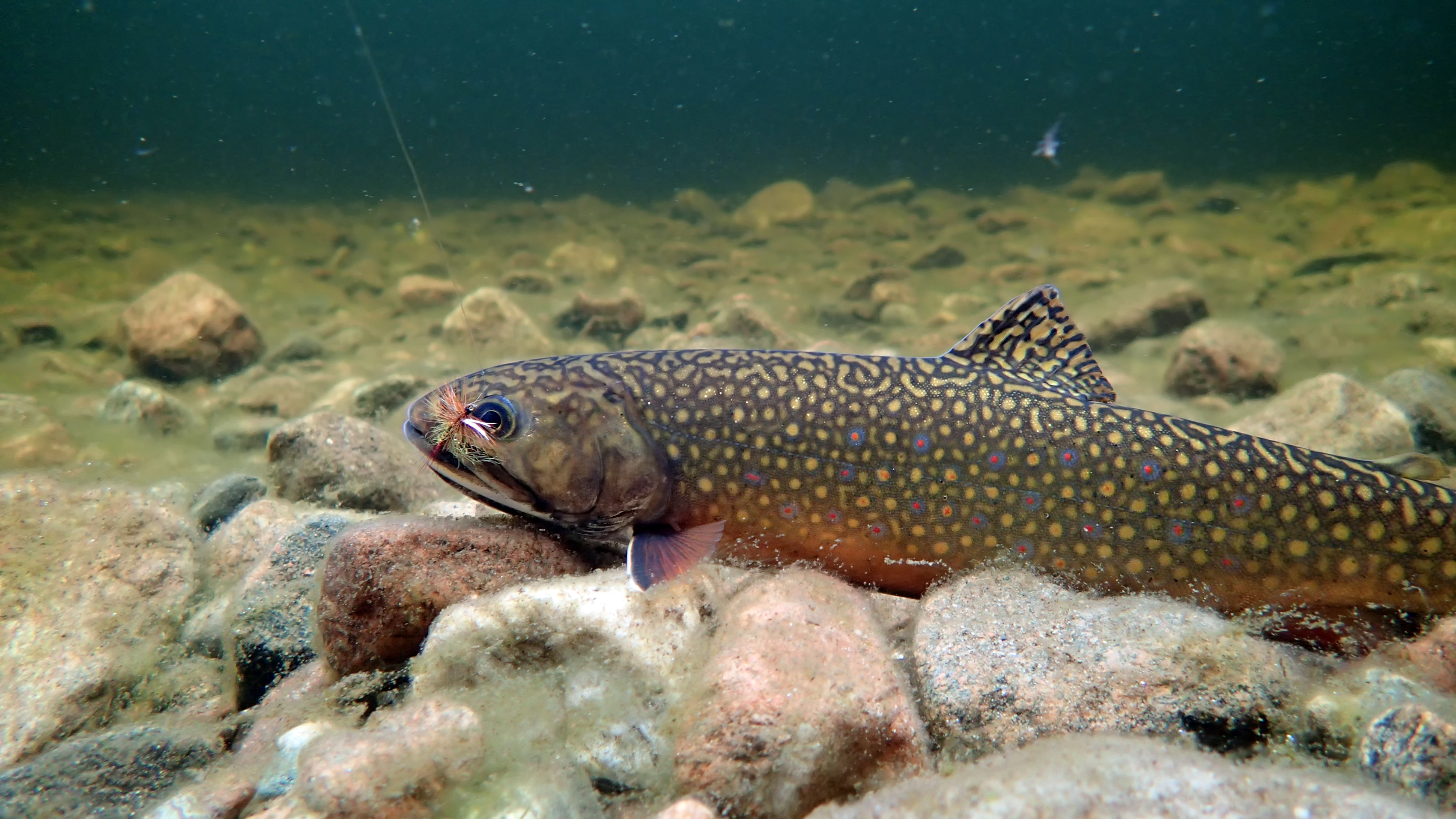
The province of Quebec will receive $175,000 in federal funding for the ongoing conservation of recreational fish habitat in Saint–Jacques-de-Leeds. The Recreational Fisheries Conservation Partnerships…
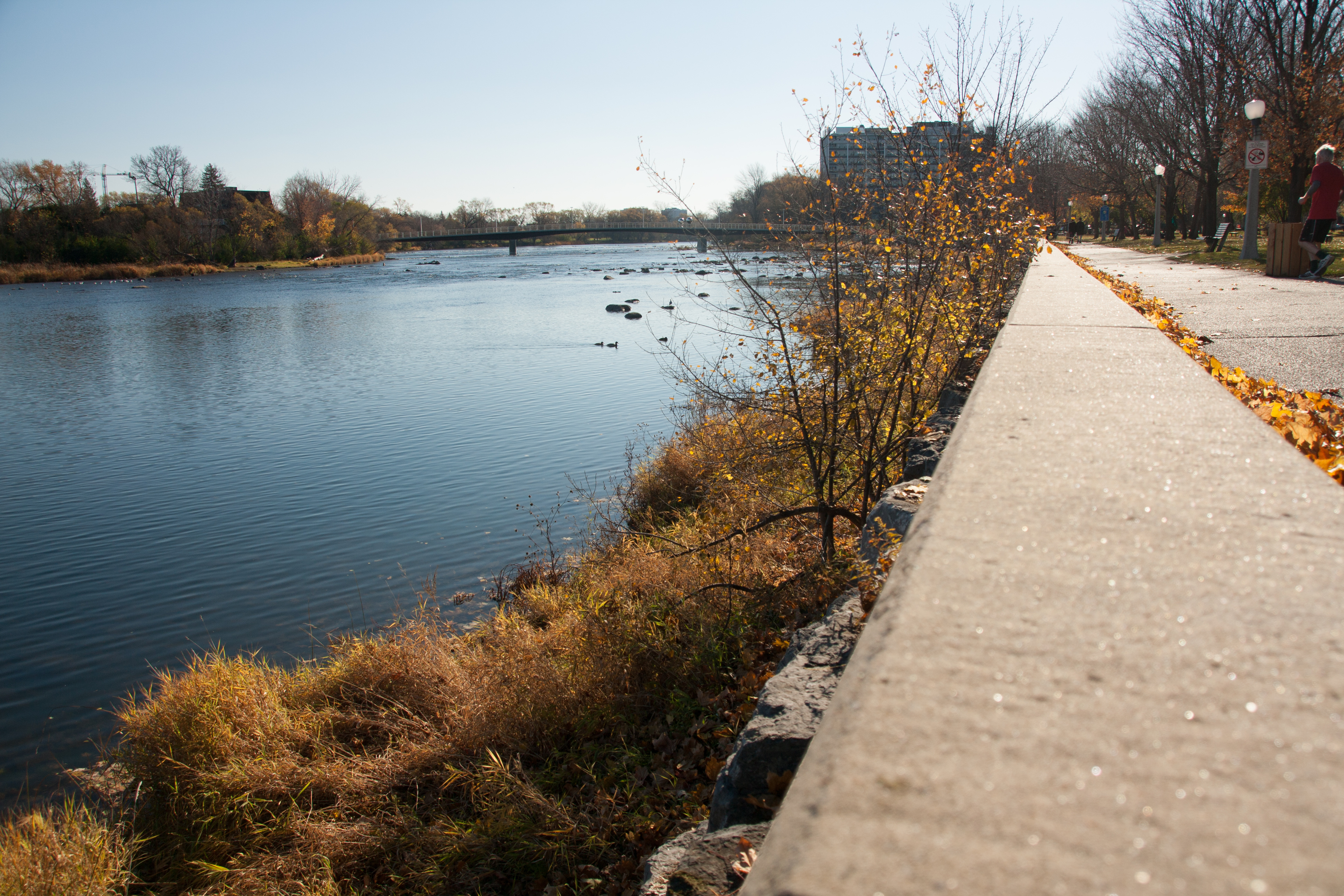
The Government of Canada has reaffirmed its commitment to expanding its network of protected areas, including coastal and inland waters, to aide its 2020 biodiversity goals…

Ontario has released the Minister’s Annual Report on Drinking Water from the office of Ministry of the Environment and Climate Change (MOECC). The report details…

Land Stewardship Centre (LSC) in Alberta has been given a multi-year, $925,000 grant by Alberta’s Environment and Parks to help protect the province’s water resources.…
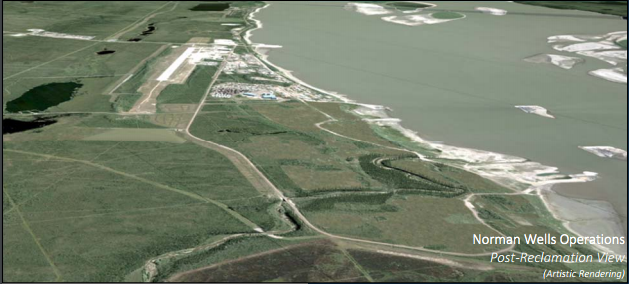
Imperial Oil has committed a $181M security for the cleanup of its oilfield in Norman Wells, North West Territories. The site remediation plan emphasizes protection…
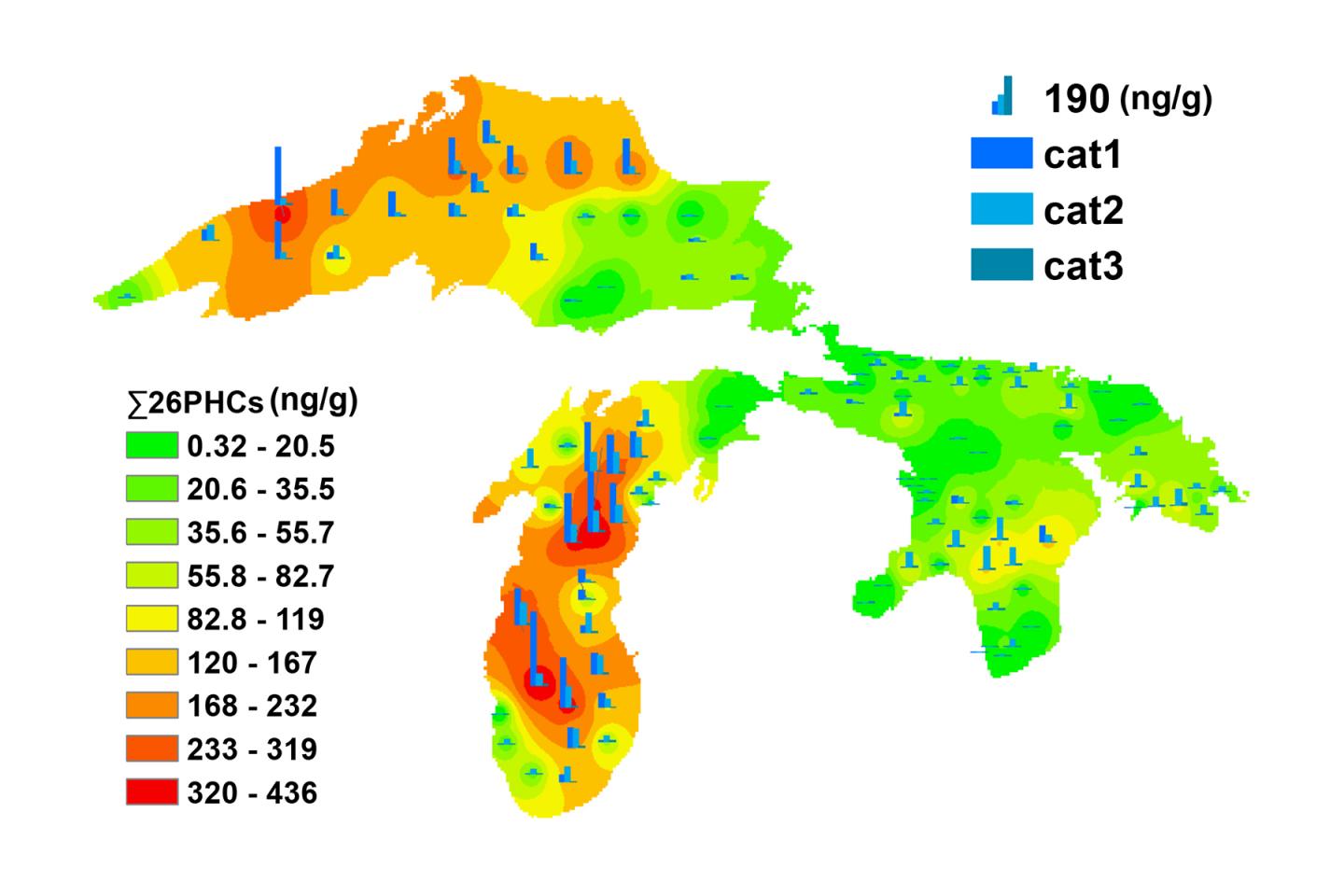
Researchers at the University of Illinois at Chicago have mapped the location of thousands of tons of polyhalogenated carbazoles (PHCZs), an emerging chemical of concern,…